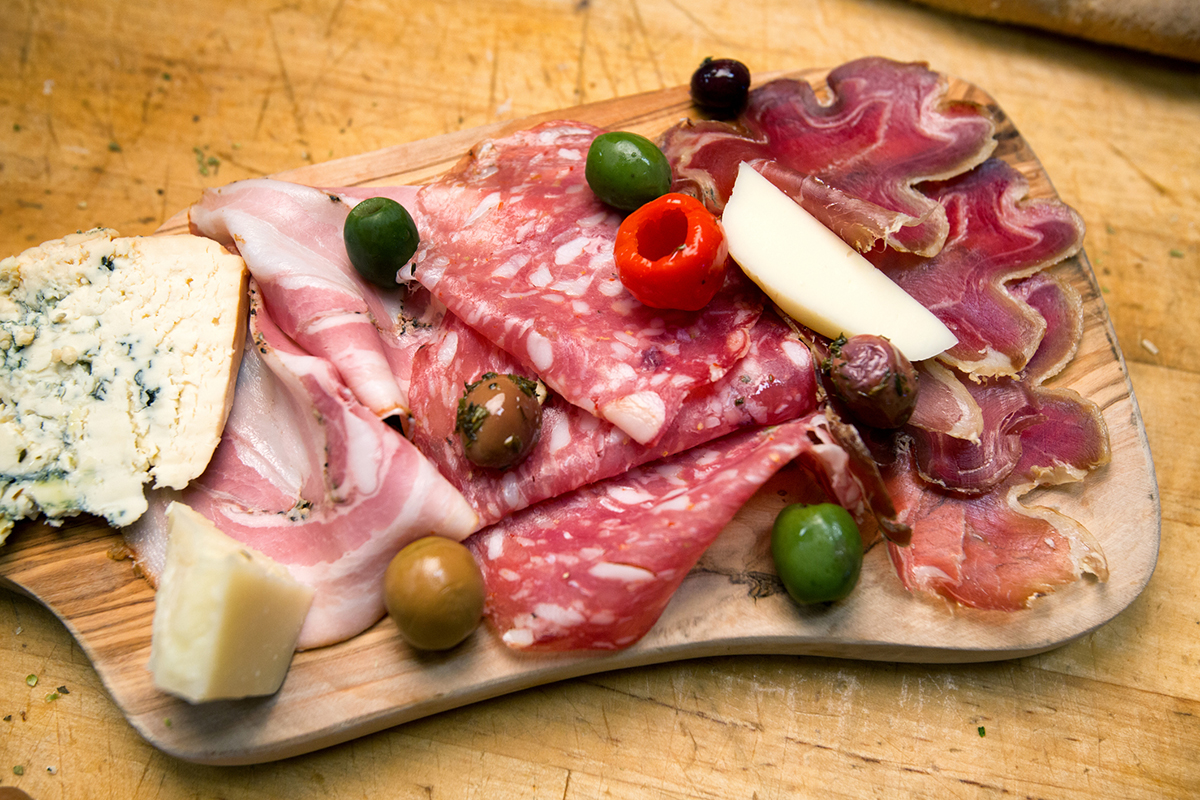Q: Please weigh in on the effects of including cold cuts such as salami, prosciutto, and capicola in one’s diet. Are all cold cuts created equal? I’m confused because of the recommendation to eat a Mediterranean diet. Cold cuts seem to be a part of the diet in the Mediterranean, but they are also a processed food.
A: Charcuterie is indeed a part of the Mediterranean diet—not to mention delicious! And let me take this opportunity to add that the Mediterranean diet is around 40 percent fat, which is not defined as a low-fat diet. For example, you won’t find any low-fat cheese in a Mediterranean diet or any focus on very lean meat or demonization of fatty meats like steaks and chops. I am of the opinion that the “Mediterranean Diet” being espoused here is an undercover version of the former Food Guide Pyramid (now called “My Plate”) from the USDA’s Guidelines for Americans—not a true Mediterranean diet at all!
Cold cuts like prosciutto and Serrano ham, when made in the Old World tradition, typically consist of just ham and salt. The concern with other cold cuts like salami and capicola is sodium nitrite, but many of these products now are being produced nitrate-free—which is desirable. When they’re not nitrate-free, the addition of ascorbic acid (vitamin C)—often used in their preparation—helps reduce the formation of nitrosamines.
Many of the Old World style aged cold cuts are lactic acid fermented, which encourages the growth of beneficial bacteria (read: probiotics).
Yes, the sodium content overall can be high in these processed meats but you may include them in moderation in a healthy Mediterranean diet.
To your health!







